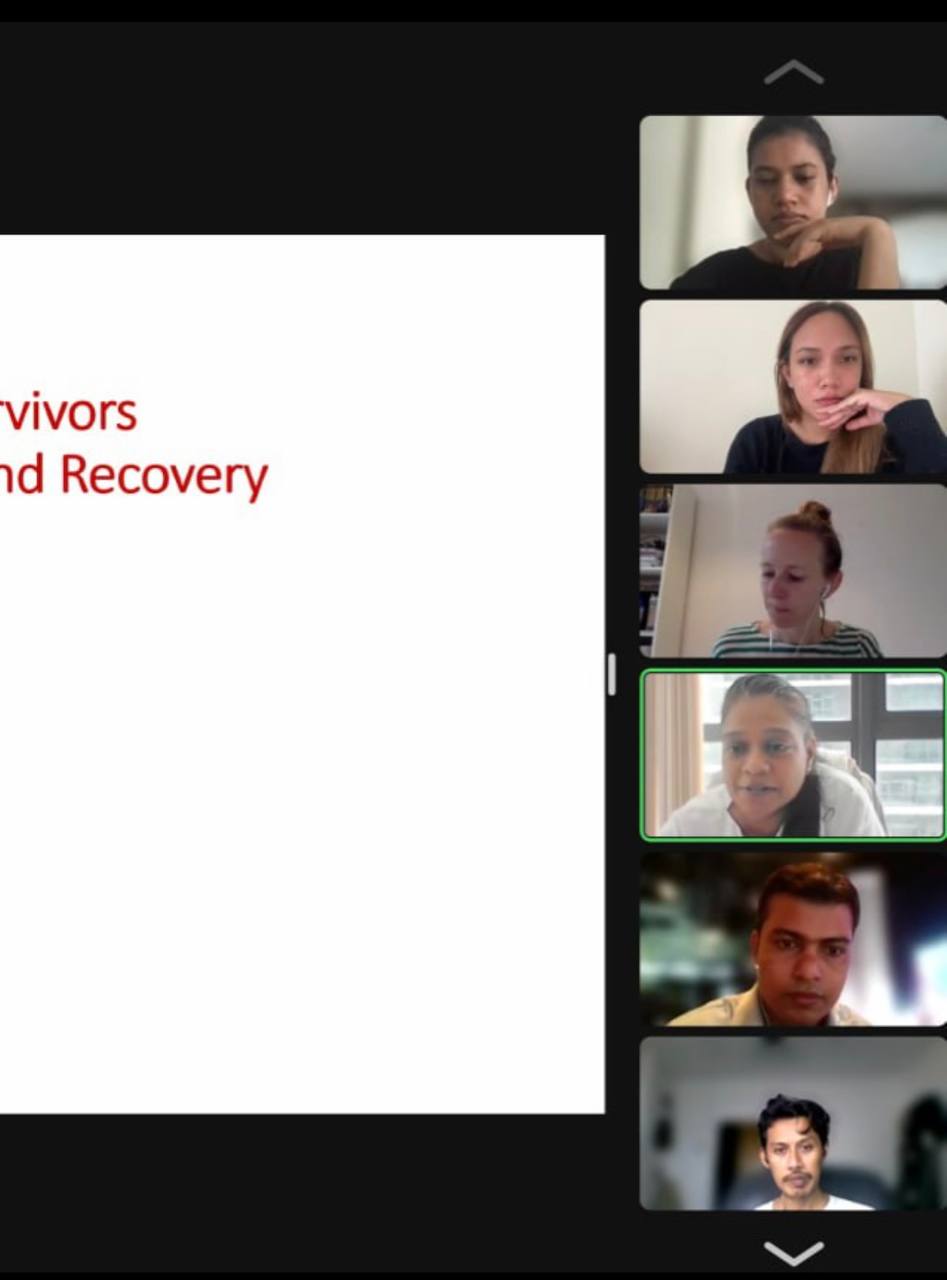Human trafficking solutions journalism workshop
For Thomson Reuters Foundation, I co-led a training about human trafficking and how to inject solutions journalism into the reporting of this issue. We had journalists from Bangladesh, Vietnam, Malaysia, Thailand, and Bhutan, mostly from traditional print and broadcasting backgrounds, specialising in diverse beats, from business to social justice.
What quickly became clear was how similar the challenges on human trafficking and modern slavery are for countries in Southeast Asia, and how cross-border collaboration must be pursued not only when crafting policies to definitively put a stop to this humanitarian crisis, but also perhaps when reporting on this topic.
A lot of our conversations also revolved around the cryptoscam/love scam/pig-butchering scam human trafficking operations that have been rapidly growing and spreading in the region. We learned of numerous civil society organisations, political activists, and even private individuals who take up the task of rescuing victims of scam hubs and providing psychosocial support for the survivors when they return to their home countries. These responses from various sectors could contribute to knowing how best to support victim-survivors as they deal with complicated feelings of fear, guilt, and shame.
These are heady and heavy topics that can be overwhelming, with articles that often make it seem as though there is no hope in solving the scourge of human trafficking. For this training, our aim was to introduce how solutions journalism can be a way for reporters to still be able to dig into the distressing, complex issues that befall our world but also, in the same breath, share the very natural impulse of people to respond and come together for the common good.

